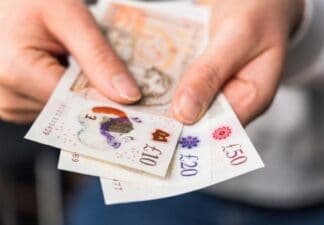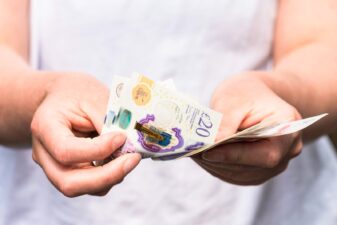Royal Dutch Shell (LSE: RDSB) and GlaxoSmithKline (LSE: GSK) are two of the most popular dividend stocks in the FTSE 100 index. I own both in my own portfolio. However, neither Shell nor Glaxo are perfect dividend stocks, in my view. Both have struggled with profitability in recent years, and as a result, have not increased their payouts. Today, I’m comparing the two companies. Is one a better dividend stock than the other?
Dividend yield
Beginning the analysis by looking at each company’s yield reveals that GlaxoSmithKline has a higher dividend yield than Shell right now. Shell paid its shareholders $1.88 in dividends last year, a yield of 5.9% at the current share price and exchange rate. Glaxo paid investors 80p per share, a yield of 6.2%. The healthcare giant wins here.
Recent dividend growth
Examining recent dividend growth, between 2014 and 2016, Shell paid shareholders $1.88, $1.88 and $1.88. No growth was recorded, however, with the pound having fallen against the dollar, UK investors will have enjoyed a rise in the yield. In comparison, Glaxo, which declares its payout in GBP, paid 80p, 80p and 80p in that time. Again, no growth. However, the company did pay a special dividend of 20p per share in 2015. On that basis, I’ll give Glaxo the win in this department too.
Dividend cover
City analysts expect Shell to generate earnings per share of $2 this year. That gives a dividend coverage ratio of just 1.06 times last year’s payout. In comparison, analysts expect Glaxo’s earnings to come in at 111p. That gives a coverage ratio of 1.39 times last year’s payout. Glaxo has the upper hand here, although neither ratio is strong.
Valuation
GlaxoSmithKline shares are also cheaper than Shell shares right now. The healthcare specialist sports a forward looking P/E ratio of just 11.8, vs 15.9 for Shell.
So far, Glaxo looks to be the better dividend stock. However, I’m not entirely convinced that it is.
Dividend outlook
The reason I say this is that Shell appears to have momentum at the moment. The oil price is back up to around $60 per barrel, and at that price, Shell can generate decent levels of free cash flow. With the merger of BG Group complete, Shell’s dividend is looking more and more sustainable, assuming the oil price doesn’t crash again. The stock’s 10% gain over the last three months reflects this.
In contrast, I’m getting more concerned about the sustainability of Glaxo’s dividend. Free cash flow is low, and with the group looking at potential acquisitions such as that of Pfizer, there could be implications for the payout.
When asked recently whether such a deal would carry dividend risk, CEO Emma Walmsley replied: “We confirmed our intentions to pay the dividend in 2017 of 80 pence and again in 2018 and then we will be returning to declaring the dividend quarterly and not giving a more specific outlook beyond that.”
Lack of long-term dividend assurance has rattled investors, with the stock falling 15% over the last three months. The market clearly has doubts about the sustainability of GlaxoSmithKline’s dividend.
So while Glaxo has the lower valuation, higher yield and better coverage, if I was to pick one dividend stock between the two right now, I’d be inclined to go with Shell. I believe there’s less chance of a dividend cut with Shell, assuming the oil price doesn’t plummet again.







